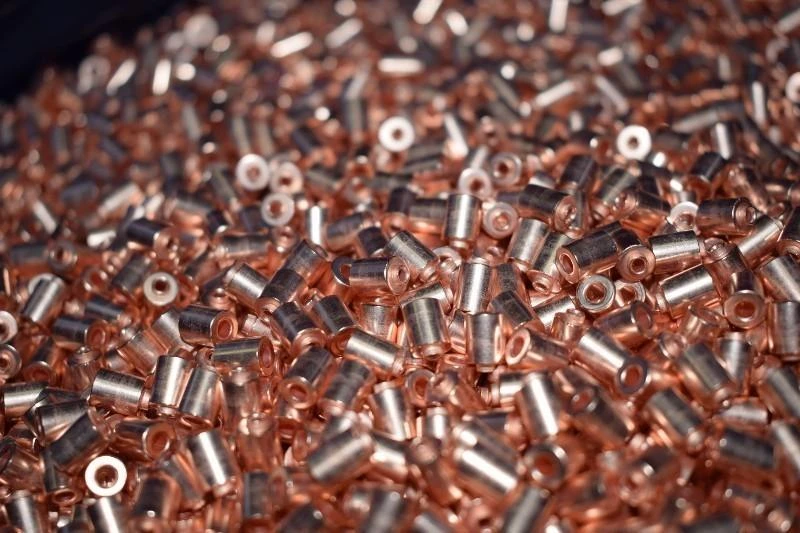Copper plating of steel and non-ferrous metals
Copper plating is realized in fully automatic technological barrel line in a stable manner, organized in accordance with the implemented IATF 16949 Management System, constantly supervised by competent personnel.
Copper coatings can be freely combined (depending on the needs) with nickel, tin and silver layers.
The technologist is responsible for the quality of the received products. To this purpose, he has to his disposal a well-equipped analytical laboratory and a control and measurement laboratory. Measurement of thickness is carried out through Roentgen radiation (X-Ray).
We guarantee full supervision of identification and traceability of the entrusted products. Over the recent years we have guaranteed our Clients a compliance of our deliveries at the level of 99.9% (as regards required amount, quality, assortment, deadline and the way the products are places on pallets).
The technological process is fully automatic and supervised:
- selection of the parameters of the process is carried out by the operator who chooses them from the database
- it is possible to adjust all the parameters of the process in order to achieve optimal conditions of the process for each element
- the process is stabilized – supplementing materials, e.g. polishing materials, pH correction, are carried out in an automatic manner.
The technological process is fully automatic and supervised: They match the requirements of standards such as: Bosch, Siemens, ABB.
Copper coatings are intended mainly for the electrical and energy industries.
Zachęcamy również do zapoznania się z naszą ofertą na niklowanie
See the full offer
Zinc plating
Zinc – nikiel
Chrome plating on ABS
Silver plating
Nickel plating
Copper plating
Tin plating
Other
If you have a question ask it and we will try to answer!

